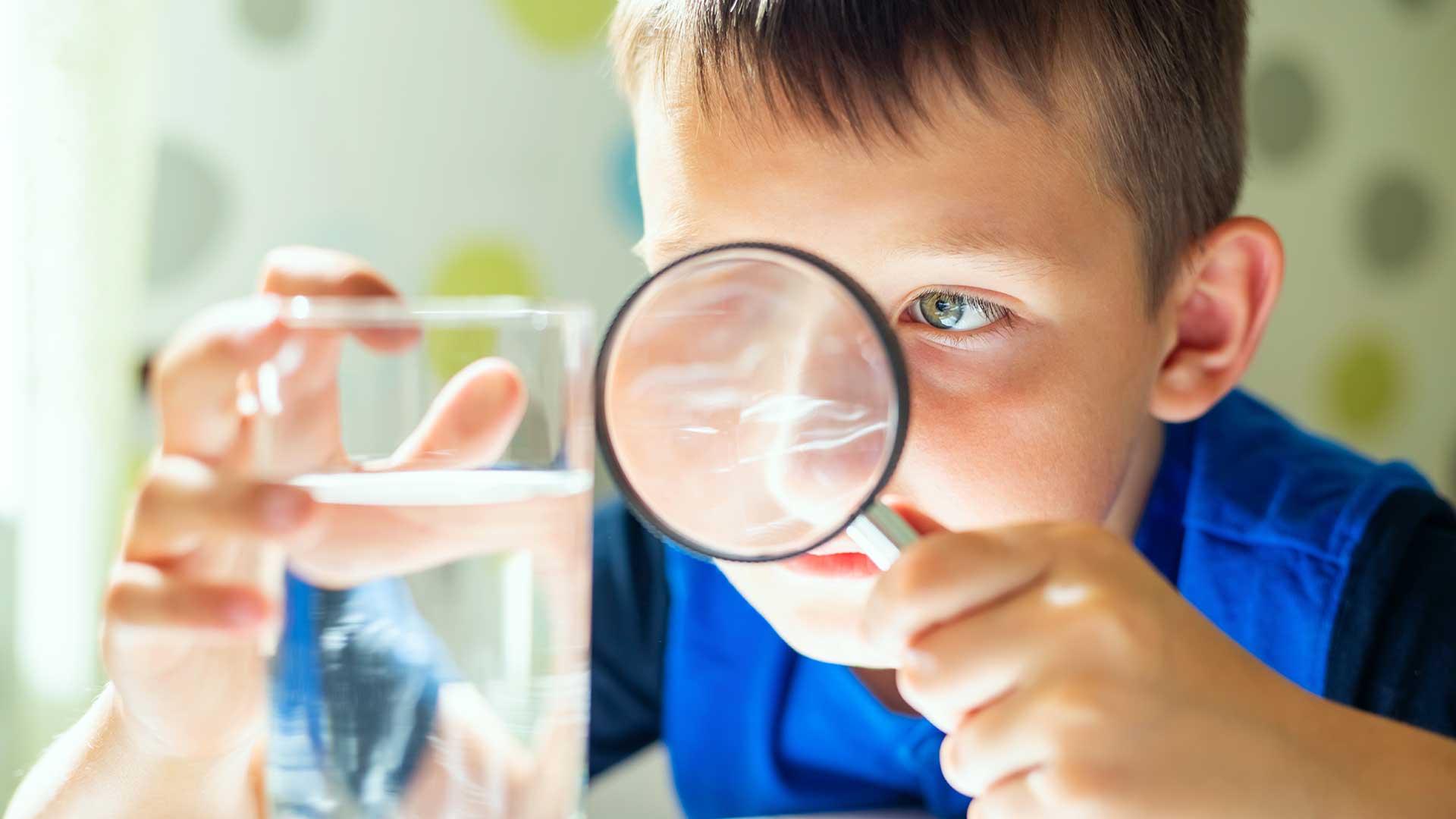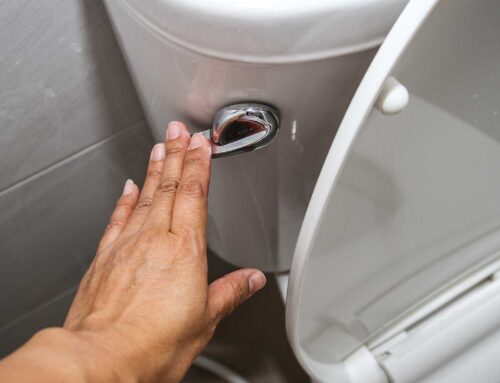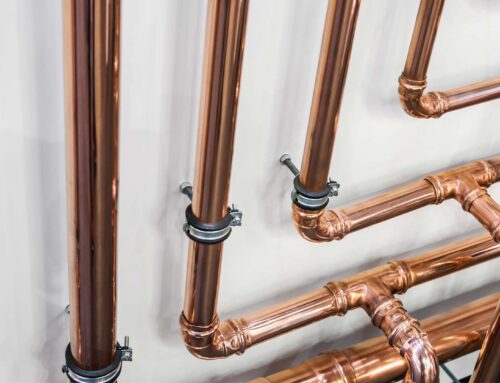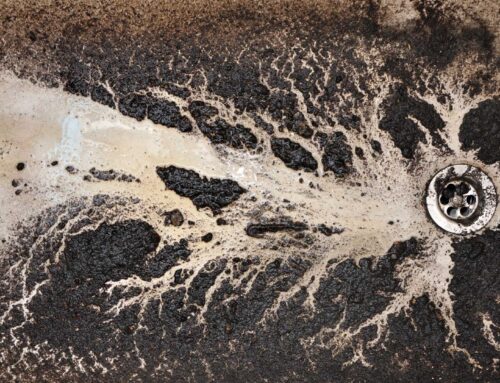What is really in your water? Water quality is more than just a number on a test report. It directly impacts health, lifestyle, and the environment. Recent findings about the water quality in the Tri-Valley region have left residents wondering, “how bad is the water quality in my home?”. Discover the truth so you can take charge and ensure your home has safe and healthy water.
Assessing Your Home’s Water Quality
Most of us don’t think about water quality until issues arise. For those in California’s Bay Area, those “issues” began back in 2022.
The Tri-Valley region, including cities like Pleasanton, relies heavily on surface water and groundwater treated and distributed by the Zone 7 Water Agency. In 2022, the use of the groundwater wells located within the city of Pleasanton was limited to emergencies because of the detection of high levels of PFAS (per-and polyfluoroalkyl substances).
The local agencies responded to contamination concerns by adjusting their water supply sources and investing in new treatment facilities. They frequently test water quality and have developed more stringent internal water quality standards. As a result, Zone 7 water now performs better on water quality testing than most state and federal health standards.
Unfortunately, despite the positive changes, the bad water quality reputation stuck. Many homeowners opt for bottled water or sugar-sweetened beverages instead of tap water, creating additional health and environmental challenges.
If you are feeling wary of public water systems, this post will help you understand what is in our drinking water supply, how to conduct water quality testing and what you can do to protect your family from potential contaminants.
The Effects of Chlorine on Your Home and Health
Municipal water systems use chlorine to sanitize drinking water and eliminate harmful common contaminants before it reaches homes. This is a necessary part of the process. Chlorine is not the villain!
The World Health Organization recommends that the typical residual chlorine level in household tap water stays between 0.2 and .5 mg/L. The Environmental Protection Agency regulations allow for up to 4.0 mg/L.
Even though these amounts remain within the safety standards, it may have adverse effects on your home or lead to health problems.
The Link Between Chlorine and Health Risks
While most people can tolerate chlorine at regulated levels, certain people groups, like infants, the elderly, or those with compromised immune systems, may experience respiratory or skin irritation after exposure to chlorinated water during showers. Inhaling chlorinated steam can also exacerbate respiratory conditions like asthma.
Some avoid chlorinated water because they believe it will disrupt beneficial gut bacteria, impacting immune system functionality. Research has shown that it does have minor effects on gut bacteria but again, at a level most of us can handle.
Last but definitely not least, when chlorine interacts with organic matter in the water, it creates disinfection byproducts (DBPs) that may pose long-term health risks if consumed regularly.
Chlorine’s Impact on Your Skin, Hair, and Home
Elevated levels of chlorine in tap water can be tough on both clothes and hair as well. Over time, it fades colors, weakens fabric fibers, and deteriorates elastics in clothing.
For your hair, even the safe chlorine levels in tap water can cause damage, leading to breakage or unwanted color changes. This might mean spending more on costly salon treatments or color corrections to repair chlorine damage.
Yuck! Why Does My Water Smell Bad?
High levels of chlorine in tap water can affect its taste and smell, often giving it a “swimming pool” vibe that many find unpleasant. Luckily, you can take simple steps to remove the smell, and many of the adverse effects of chlorine without running for bottled water.
Dealing With Hard Water
Hard water is another common concern for homeowners in the Tri-Valley area. Hard water means that there are high concentrations of minerals like iron, calcium and magnesium in the public water supply. These excess minerals can damage your appliances and decrease their lifespan.
Does My House Have Hard Water?
Pleasanton’s 2024 report classified the water supply as “moderately hard,” impacting taste and appliance efficiency but not health directly. The water quality report revealed hard water ranges from 100 mg/L (6 gpg) to as high as 450 mg/L (26 gpg) depending on the blend of surface and groundwater. Tri-Valley’s water hardness is significantly higher than cities like San Francisco (32 mg/L), and is on par with some of California’s hardest water regions.
So, yes, you probably have hard water. To know for sure, take a look at some of your household appliances. Hard water leaves behind deposits, often called scale buildup. It usually looks like chalky, off-white stains. Another way to find out for sure is to test water quality or review a water quality report for your area.
The Impact of Hard Water on Home Plumbing and Appliances
Over time, scale deposits build up inside pipes, restricting water flow. That means less water pressure when you turn on your shower or want to wash your dishes. The mineral accumulation also makes it harder to get things clean, leaving streaks and soap scum on dishes, laundry, and even your body after a shower.
On top of that, mineral buildup often shortens the lifespan of your household appliances. It can impact everything from your coffee maker to your washing machine. Any appliance that uses the water supply will be impacted by the effects of hard water.
3 Ways to Improve the Water Quality in My Home
Residual chlorine and hard water don’t automatically mean you have to opt for bottled water and sugary drinks instead of using tap water. Here are three ways to improve the quality of your drinking water supply and the water running through your pipes.
Water Softeners
Water softeners are an effective way to combat hard water. These devices work by replacing calcium and magnesium ions in water with sodium or potassium ions through an ion-exchange process. By mitigating scale formation, water softeners help maintain plumbing infrastructure and extend appliance lifespans.
A water softener will:
- Reduce limescale buildup on fixtures and pipes, resulting in improved water flow and pressure and longer lasting appliances.
- Benefit your entire water supply because water softeners are installed where water enters your home.
- Make your soap more effective! Softer water means easier cleaning and less soap scum.
- Give you softer skin and hair after bathing.
The Downside to Water Softeners
Although water softeners come with many benefits, there are some drawbacks:
Water Waste
During the “recharge” or “regeneration” process, which can be triggered by time, water usage, or electronic ion measurement, softeners discharge about 25 gallons of brine into the drain. How often these recharges happen depends on how hard your water is. The plumber who installs your water softener can help you determine the best settings for efficient use and less waste.
Maintenance
Homeowners have to regularly purchase and add salt to their water softeners. The frequency depends, again, on water hardness, iron content, pH levels, tank size, and household size. Keeping salt in the tank is the only way to keep the system running smoothly and effectively.
For most homeowners, the perks of a water softener largely outweigh the downsides, making it a good investment for your household appliances and drinking water supply.
Reverse Osmosis Systems
If you want to purify your drinking water even more, reverse osmosis (RO) systems provide excellent filtration. They are specifically designed to purify drinking and cooking water. RO units apply high pressure to water, forcing it against a semi-permeable membrane. Only water molecules pass through, while larger contaminant particles are blocked. This process removes heavy metals, chlorine, and other chemical compounds from your water, giving you safer, better tasting drinking water. Most reverse osmosis systems fit directly under your sink so you won’t even notice they are there.
The downside to reverse osmosis systems is that older and lower-tier RO systems can be wasteful, creating up to 6 gallons of brine for every gallon of treated water. At Barnett Plumbing & Water Heaters, we recommend a RO system that has a 1-1 ratio so that you are able to get great drinking water without creating a ton of waste.
While RO is often the “gold standard” of tap water purification, not every household needs an RO system. It ultimately depends on your water characteristics, household use, and personal preferences. Because the process removes all minerals and substances, some people find their water tastes “flat.” However if removing health risks from your drinking water supply is important to you, it’s likely worth the trade-off.
Whole-Home Filtration Systems
Whole-home filtration systems are installed at the point where water enters your home, improving the quality of your entire water supply. These systems are activated carbon based to remove chlorine, sediment, and other contaminants. This not only gives you better smelling, and better tasting water but it also creates no water waste in the process.
The systems we recommend use both carbon filters and ION water conditioners to give you the best possible water quality. For help finding the best whole-home filtration system for your needs, give us a call at (925) 294-0171 or schedule an appointment online.
The Benefits of a Home Water Treatment System
Although you can’t change the safety standards or the source of public water supplies, you can remove potential contaminants and improve the water quality within your home through a water treatment system. Home water treatments systems come with a plethora of benefits, including:
Improved Health and Safety
Filtered water reduces exposure to any harmful chemicals and pathogens, offering protection from contaminants like lead, chlorine, chloramines, pesticides, VOCs, and bacteria. If it is a whole-home system, the benefits extend beyond just drinking water to the water you cook, bathe, and do laundry with as well.
Better Tasting Water
A water treatment system will eliminate chlorine and sulfur compounds that can cause foul odors and poor taste in your drinking water. When water tastes better, we drink more and are able to stay hydrated. Higher quality drinking water also means the foods you prepare with water, like coffee and pasta, will taste better too.
Improved Skin and Hair Health
Bathing and showering in water with elevated levels of chlorine and mineral deposits can irritate skin and dull hair. Removing these substances leads to softer skin and shinier, healthier hair. This is particularly beneficial for individuals with sensitivities or skin conditions like eczema.
Protection For Your Appliances
Filtration systems protect your plumbing infrastructure and the appliances that use water to operate. This will extend their lifespan and decrease maintenance needs.
Save Money and Help the Environment
Water filtration reduces the need for single-use plastic bottles, which is great for the environment and sustainability. It also lowers household expenses because you’re no longer buying bottled water, juice, or soda. On top of that, you save money by extending the lifespan of your appliances and keeping them out of landfills.
Added Protection
Sometimes public water systems get contaminated, due to infrastructure failure or environmental events. A whole-home water filter provides an added line of defense, giving you continuous access to safe water. Water filtration systems also reduce anxiety about chemicals in the water causing health problems.
Improve Water Quality In Your Home
Ultimately, the best way to improve water quality in your home is to assess your current water quality and then make informed decisions for your household.
Step 1: Evaluate your water quality.
Begin by assessing your water quality using available resources like local municipal reports or water testing kits. Most water testing kits are simple to use and understand. You place a test strip in your water or a water sample into a test tube and then wait a few minutes to see the results.
When you test water quality, you are able to see exactly which issues are affecting your drinking water and take action to combat the contaminants that worry you most.
Step 2: Improve your water supply.
Once you have the test results, you can decide which water quality improvement systems are best for your home. The right combination can effectively address both chlorine and hardness issues, giving you better tasting, more effective water.
Although water improvement systems require a financial investment in the beginning, many can bring savings over time. With reduced maintenance costs, lower energy bills due to increased appliance efficiency, and enhanced home value, making a well-informed choice contributes to long-term financial and physical health.
Prioritize Water Quality
Understanding the water quality in your home plays a crucial role in maintaining a healthy and comfortable living environment. Elevated chlorine levels and hard water can significantly impact health, household maintenance, and even the performance of your plumbing infrastructure.
Fortunately, there are ways to mitigate these potential risks using water softeners, whole-home filtration systems, and reverse osmosis systems.
Enhancing the water quality in your home doesn’t have to be complicated. With the right information, you can make empowered choices to safeguard your family’s wellbeing.
If you’d like professional advice without the pressure to buy appliances you don’t need, give us a call at (925) 294-0171 or book online.
As a locally owned and operated company, Barnett Plumbing understands your water quality worries (because we face them too!). We will help you find the best way to get pure, refreshing water running through your pipes.

